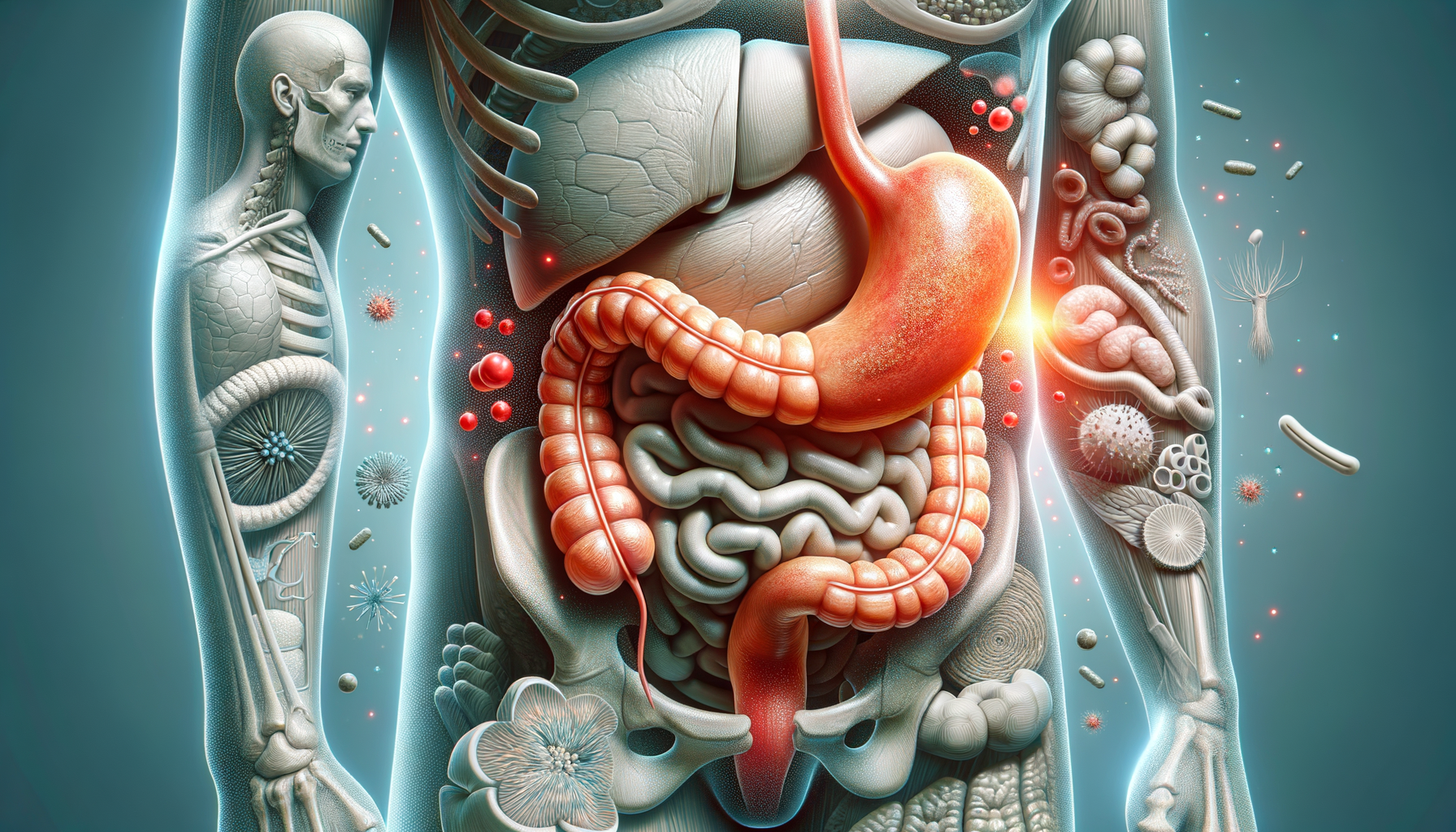Understanding Stomach Cancer
Stomach cancer, also known as gastric cancer, is a disease where malignant cells form in the lining of the stomach. It often develops slowly over many years and can be difficult to detect in its early stages due to subtle and non-specific symptoms. Understanding the nature of stomach cancer is crucial, as it allows individuals to recognize early warning signs and seek timely medical advice. This type of cancer can affect any part of the stomach, though it most commonly occurs in the main part of the stomach (the body). Recognizing the complexity of stomach cancer involves exploring its types, such as adenocarcinoma, which accounts for the majority of cases, as well as less common types like lymphomas, gastrointestinal stromal tumors, and carcinoid tumors.
The importance of early detection cannot be overstated. When identified early, the chances of successful treatment and recovery significantly increase. Unfortunately, stomach cancer is often diagnosed at an advanced stage due to its asymptomatic nature in the early phases. Therefore, awareness and understanding of the disease can lead to earlier diagnosis and better outcomes.
Early Warning Signs and Symptoms
Recognizing the early warning signs of stomach cancer can be challenging, as they often mimic less serious conditions like indigestion or a stomach virus. However, there are specific symptoms that should not be ignored. These include persistent stomach pain, feeling full quickly after eating small meals, and unexplained weight loss. Other symptoms might include nausea, vomiting (sometimes with blood), and a noticeable decrease in appetite.
While these symptoms can be caused by a variety of conditions, their persistence or combination should prompt a visit to a healthcare professional. Early symptoms are often subtle, which is why they are frequently overlooked. It’s crucial to monitor any changes in your digestive health and seek medical advice if symptoms persist for more than a few weeks.
To aid in early detection, some individuals may benefit from screening, especially if they have risk factors such as a family history of stomach cancer, a diet high in smoked or salted foods, or a history of stomach inflammation or infection with Helicobacter pylori.
Risk Factors and Prevention
Understanding the risk factors associated with stomach cancer can aid in prevention and early detection. Some of the key risk factors include age, with most cases occurring in individuals over 50, gender, as men are more likely to develop stomach cancer than women, and genetic predispositions or family history of the disease. Lifestyle factors such as smoking, excessive alcohol consumption, and diets high in smoked, salted, or pickled foods also contribute to the risk.
Preventive measures focus on reducing these risks. Adopting a healthy diet rich in fruits and vegetables, maintaining a healthy weight, and avoiding tobacco and excessive alcohol can significantly lower the risk. Additionally, managing chronic conditions like stomach ulcers and infections with H. pylori through appropriate medical treatment is vital.
Creating awareness about these risk factors and encouraging regular medical check-ups can play a pivotal role in prevention and early detection. Public health initiatives aimed at educating the population about lifestyle modifications can further aid in reducing the incidence of stomach cancer.
Diagnostic Techniques for Early Detection
Early detection of stomach cancer relies heavily on diagnostic techniques that can identify the disease before symptoms become severe. Endoscopy is one of the primary methods used, allowing doctors to view the stomach lining and take biopsies if necessary. This procedure is often followed by imaging tests such as CT scans or PET scans to determine the extent and spread of the cancer.
In addition to these methods, blood tests can be used to check for anemia, which is common in stomach cancer patients, or to look for specific tumor markers that might suggest the presence of cancer. Advances in technology have also introduced less invasive techniques, such as breath tests that detect changes in the composition of exhaled air caused by stomach cancer.
Early-stage stomach cancer is more likely to be treated successfully, which is why these diagnostic techniques are crucial. Regular screenings for at-risk individuals can lead to earlier detection, providing more treatment options and improving the overall prognosis.
Conclusion: The Path Forward
Stomach cancer remains a significant health challenge, but early detection can make a profound difference in outcomes. By recognizing early symptoms, understanding risk factors, and utilizing advanced diagnostic techniques, individuals can significantly improve their chances of successful treatment. The path forward involves a combination of public awareness, lifestyle modifications, and regular medical check-ups, particularly for those at higher risk.
Healthcare providers play a crucial role in educating patients about the importance of early detection and encouraging proactive health measures. As research continues to advance, there is hope that new methods and treatments will emerge, further improving survival rates and quality of life for those affected by stomach cancer.
Ultimately, staying informed and vigilant is key. By taking these steps, we can pave the way for a future where stomach cancer is detected and treated more effectively, saving countless lives.




Leave a Reply